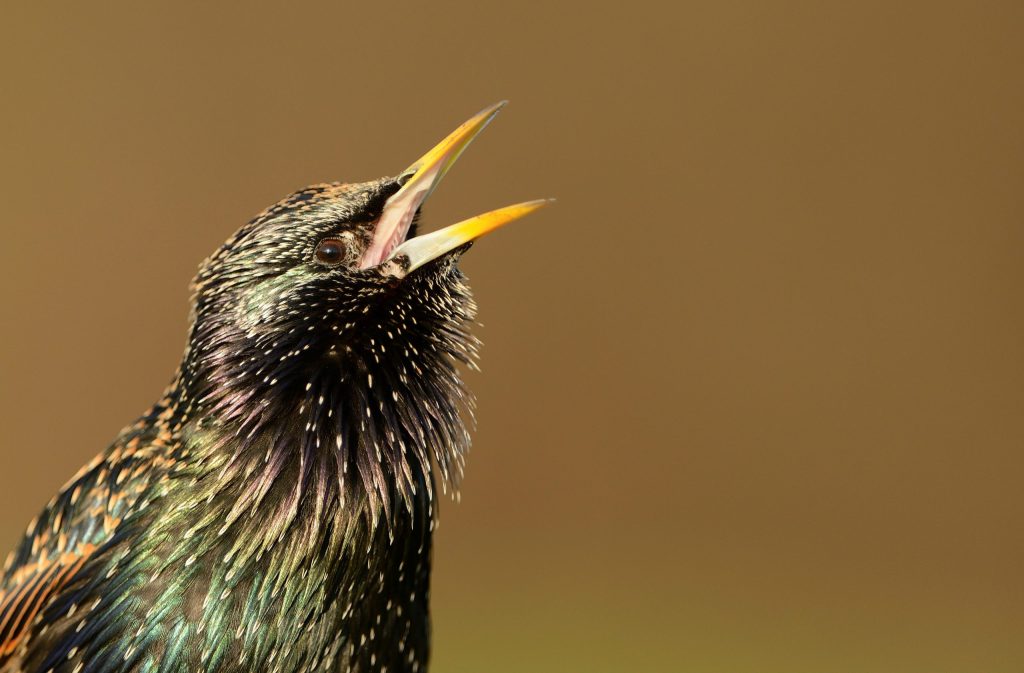STARLINGS have dropped out of the list of the UK’s top three garden birds as a national spotting scheme sees the lowest number of the species ever recorded.
The species have fallen from number three to four in the RSPB’s latest UK-wide Big Garden Birdwatch results after 600,000 took part in the wildlife survey across the UK.
House Sparrow held onto the UK top spot once again and Blue Tit remains at number two, with Woodpigeon and Blackbird making up the other top five most recorded species in UK gardens.
More than nine million birds and over 80 species were spotted during this year’s Big Garden Birdwatch. The scheme is a citizen science survey founded in 1979, providing an annual snapshot of garden birds in the UK.
Participants are asked to count the maximum number of each species recorded at their chosen location (mainly gardens but also parks or other green spaces) during a one-hour period over the last weekend in January.
Teachers and pupils can also take part in Big Schools’ Birdwatch, which reached over 100,000 participants this year for the first time ever.
Locally, over 9,500 Worcestershire residents took part with the most common birds in the county being the same as across the UK. Starlings ranked as the eighth most commonly spotted bird in Worcestershire.
Starlings are medium-sized birds with glossy plumage that has a purple and green sheen, often with white spots during winter. They are also excellent mimics and can make a huge variety of tweets, cheeps and clicks.
They can be found across the UK with their numbers swelling during winter when birds arrive from northern Europe, gathering together to perform spectacular murmurations.
Despite these displays sometimes reaching hundreds of thousands of individuals, Starlings are a red listed species in the UK and considered a high conservation concern due to their declining numbers.
Although there is not currently enough evidence to confirm what is causing these decreases, the UK breeding population declined by 82 per cent between 1970 and 2022.
Prior to 2000, the Starling was regularly the most numerous species recorded in the Big Garden Birdwatch.
Overall, the survey provides a valuable snapshot of how our most common garden birds are faring and taking part is one important way to help birds and nature.
The RSPB’s Chief Executive, Beccy Speight said: “Starlings are one of our most charismatic garden birds, but this year’s Big Garden Birdwatch results is a reason for concern.
“With one in six species at risk of extinction from Great Britain, we’ve done more damage to our natural UK than we realise.
“However, we can all do our bit to support these threatened birds by taking small actions that can not only benefit Starlings, but a wealth of other garden wildlife.
“Our countryside, our farms and our towns all need support to encourage nature, and while our homes and gardens often provide the perfect place for individual people to help, we also urgently need governments and businesses to join us in the wider fight to restore our natural UK.”
Visit https://www.rspb.org.uk/whats-happening/big-garden-birdwatch for more information on the RSPB Bird Watch.
Visit https://drive.google.com/drive/folders/1vla7mW6-B4efVFemoCItud16UCyJgLJ5 for more information on Worcestershire’s results.












